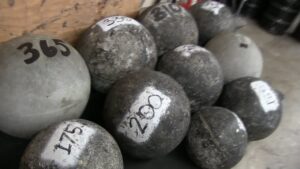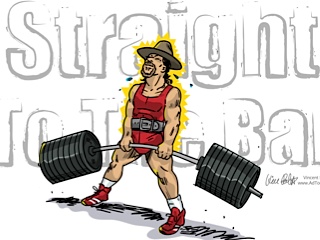
This is the 4th part of the article series ‘Rest‘ – a collaboration with Run to Win‘s Blaine Moore.
Why we rest
Before diving into the subject of ‘Fuel and Rest‘, lets take a look at the reasons for resting in the first place. It’s all related.
Breaking this down, we have three basic periods of rest :
rest breaks between workout sets
These breaks serve to allow the body a return to a ‘normal‘ (for that individual) range – particularly the heartrate. This slowing of heartrate is accompanied by a more regular breathing pattern.
Rest breaks also serve to replenish the body’s stores of both ATP (Adenosine Triphosphate) and CP (creatine phosphate) . A shorter break (say, less than 2 minutes) increases reliance on LA (lactic acid) in the following set. Lactic acid itself, elevated during periods of intense exercise, returns to normal levels after 30-60 minutes [2].
short naps
These fall into two categories. The first is a 15-20 min ‘power nap‘, which is usually performed within a work environment as a way of recharging the batteries. Although the deeper sleep phases are not reached during this time, the nap is sufficient to regain a good percentage of mental alertness. A quick note on why this works: spending time awake gradually throws the body’s sodium/potassium levels out. Sodium and potassium are involved in the transportation of chemicals into and out of your brain, and the less effective these are the more tired you feel. A bit of time in the Theta state (deep relaxation or meditation) resets these levels, leaving you feeling refreshed.
The second is a longer nap – 90 minutes or so. This is the type I personally favour (and having recently made the switch to biphasic sleeping I can clearly see the benefits), and includes all phases of sleep. From personal experience, this length of nap yields an almost complete return to mental alertness.
Winston Churchill clearly understood the power of this nap in the afternoon during WWII, writing in The Gathering Storm (the first of his six volume series ‘The Second World War‘) :
Nature had not intended mankind to work from 8 in the morning until midnight without the refreshment of blessed oblivion which, even if it only lasts 20 minutes, is sufficient to renew all the vital forces.
overnight slumber
This is a more complete version of the second nap variety mentioned above. Once again the body is moved through all phases of sleep – long enough this time to redress various imbalances that have occurred throughout the day, as well as release several chemicals for routine maintenance and regular function.
Briefly, the major changes include the resetting (return to normal levels) of :
- ATP (Adenosine Triphosphate)
- pH (potential of Hydrogen)
- Sodium and Potassium ratio
Refuelling
No doubt you’re aware of other people drinking different shakes before/during/after workouts, or eating different foods at these times – you may do this yourself. A little understanding of the body’s refueling requirements can have a tremendous impact here.
The fuel (in the form of food and drinks) needed by the body to cope with exercise falls into 6 categories :
- Water
Water replaces the fluid lost through sweat and aids the process of ‘glycogen fixation’. This is simply where glycogen is manufactured from carbohydrates and stored in the muscles. - Electrolytes
There are several minerals lost by the body through sweat. These include sodium, chlorine, calcium and magnesium. - Carbohydrates
As glycogen gradually disappears from both the liver and muscle stores, carbohydrates step in to allow more to be created. - Protein
Protein repairs muscle fibres damaged through exercise, promotes growth of these fibres (although there is some dispute over this behaviour) and helps to replenish the body’s pool of amino acids. - Vitamins and Phytonutrients
These are required for the body’s cells to maintain their optimum balance. - Fatty acids (primarily Omega 3)
Fatty acids perform several functions, although the most notable are probably the ability to reduce inflammation and to help prevent excessive blood clotting. They are also known to aid the fluidity of cell membranes.
The importance of these changes slightly with the type of exercise you’re doing (and its intensity [1]), but a healthy diet should include all of these elements in some quantity.
Fuel and rest
Putting it together we see that the relationship between fuel and rest is one of constant re-adjustment. Poor fuel = reduced quality sleep. The quality of sleep in turn affects our desire for certain foods, as well as recovery from training. Both are important.
References
1. Energy Pathways
2. Sports massage & recovery time
Futher reading
Blog around the clock
National Siesta Day
Protein Catabolism










0 Comments